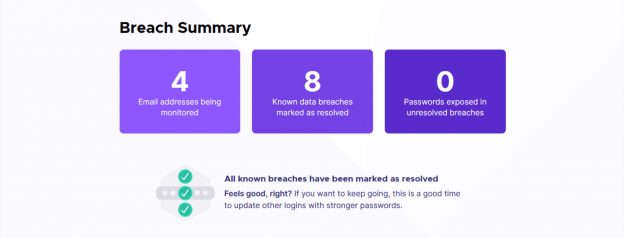How to check whether your email address is available on the dark web and what to do about it.
Tag: hacker
Another Email with Links
Another email spam example, this time from Fedex. Here the hacker tempts you to visit a web page that look like part of the Fedex website.
Website Malware Attack
A website attacked by malware, how it happens, and what to do about it.

